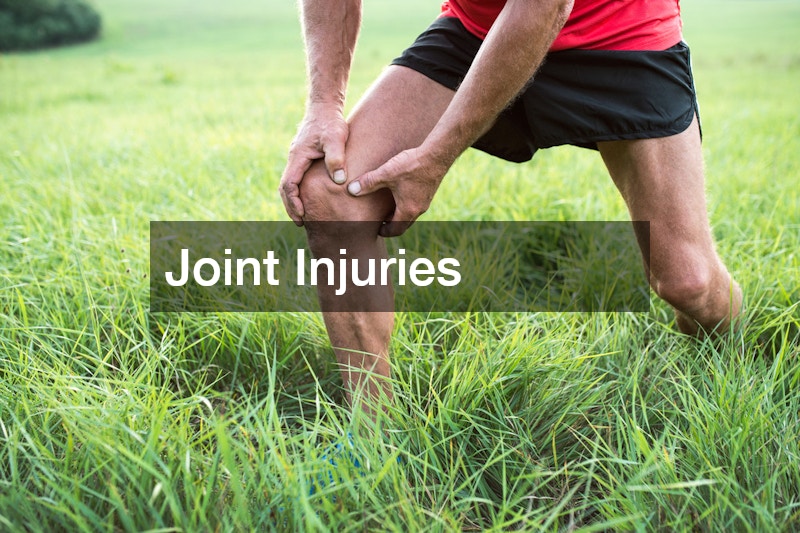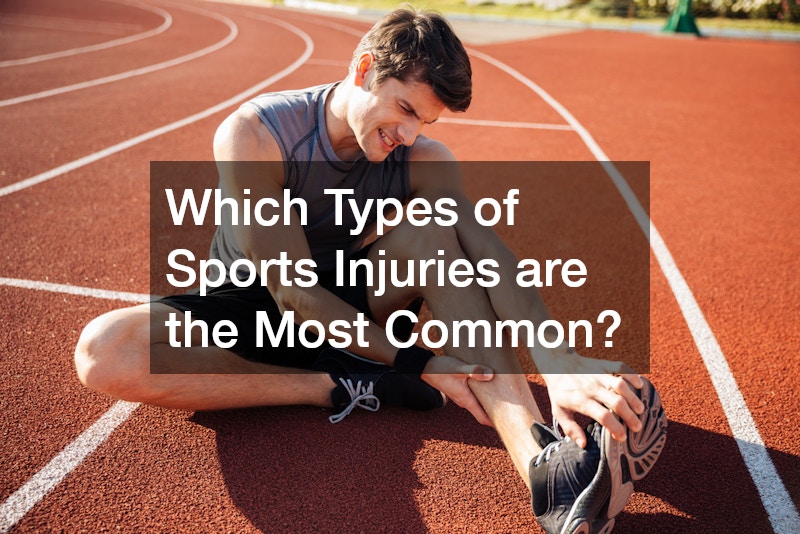
Athletes, both professional and amateur, are prone to a wide range of sports-related injuries, from minor sprains to serious fractures. Understanding the most common types of sports injuries is crucial for athletes, coaches, and medical professionals to help prevent them and ensure swift recovery. In this article, we’ll explore the most common sports injuries under four categories: soft tissue injuries, bone fractures, joint injuries, and overuse injuries.
Soft Tissue Injuries
Soft tissue injuries are the most common types of injuries in sports, involving muscles, tendons, and ligaments. Some of the most frequent soft tissue injuries include:
Sprains: A sprain occurs when a ligament is stretched or torn. Ankle sprains are especially common in sports like basketball and soccer. Symptoms include pain, swelling, and limited range of motion. Treatment usually involves the R.I.C.E. method (rest, ice, compression, elevation) and sometimes physical therapy.
Strains: Strains involve injuries to muscles or tendons. These are common in sports requiring sudden bursts of speed or power, such as sprinting or football. Symptoms include pain, muscle spasms, and swelling. Treatment typically involves rest and rehabilitation exercises.
Contusions (Bruises): Contusions happen when muscle tissue is damaged by a direct impact. Common in contact sports, bruises generally heal on their own with rest, though monitoring for severe damage is important.
Bone Fractures
Fractures, or bone breaks, are often caused by high-impact activities or traumatic injuries. Some common types include:
Stress Fractures: These tiny cracks in the bone usually result from repetitive impact or overuse, and they are commonly seen in runners and gymnasts. Symptoms include localized pain that worsens with activity. Treatment involves rest and avoiding weight-bearing activities.
Acute Fractures: Sudden trauma, such as a fall or collision, is the most common cause of this type of injury in sports. Symptoms include severe pain, swelling, and difficulty moving the affected area. Depending on the severity, treatment may require a cast or surgery.
Avulsion Fractures: An avulsion fracture occurs when a tendon or ligament pulls a piece of bone away. These injuries are common in sports and activities with rapid changes in direction, like soccer. Surgical intervention may be necessary to reattach the bone fragment.
Joint Injuries

Joint injuries involve damage to the connections between bones and are especially common in high-impact sports. Some of the most common joint injuries include:
Knee Injuries: The knee is highly susceptible to injury, particularly in soccer, basketball, and skiing. ACL tears, meniscus tears, and patellar dislocations are common. Treatment may involve rest, ice, physical therapy, and surgery for severe injuries.
Shoulder Injuries: Overhead movements in sports like baseball and swimming make the shoulder prone to injuries such as rotator cuff tears, dislocations, and labral tears. Symptoms may include pain and limited mobility, requiring rest, rehabilitation, and sometimes surgery.
Elbow Injuries: Sports like tennis and baseball can lead to elbow injuries such as tennis elbow or UCL tears. These injuries often involve tendon inflammation or ligament tears. Treatment includes rest, ice, anti-inflammatory medications, and, in severe cases, surgery.
Overuse Injuries
Overuse injuries develop from repetitive motions or stress over time. These injuries are common in athletes who train intensively or without sufficient rest. Some of the most common overuse injuries include:
Shin Splints: Shin splints cause pain along the shinbone due to repeated stress from running or other weight-bearing activities. Symptoms include pain during and after exercise. Treatment involves rest, ice, and adjusting training techniques.
Tendinitis: Tendinitis occurs when tendons become inflamed due to repetitive stress. It often affects the shoulder, elbow, and knee, and is common in sports like tennis or swimming. Symptoms include pain and swelling. Treatment usually involves rest, ice, and stretching.
Plantar Fasciitis: This condition involves inflammation of the tissue on the bottom of the foot, causing heel pain, especially after prolonged standing or walking. Runners and athletes who do a lot of jumping are prone to it. Treatment includes rest, ice, stretching, and supportive footwear.
Many athletes experience sports injuries, but understanding the most common types can help with prevention and treatment through a qualified physical therapy program. From soft tissue injuries like sprains and strains to joint problems and overuse conditions, managing these injuries promptly and effectively is crucial for a quick recovery. Proper training, equipment, and recovery practices are key to reducing the risk of injury, allowing athletes to stay active and healthy for years.
